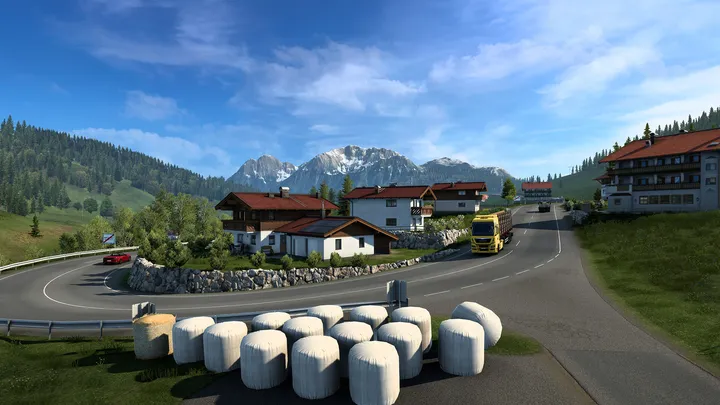Call of Duty in 2025 has evolved into one of the most competitive and fast-paced FPS environments in gaming. With new movement tech, advanced weapon balancing, deeper map design, and a highly tactical meta, players are required to constantly adapt and refine their gameplay. Whether you’re a beginner trying to learn the basics or a veteran aiming for elite competitive performance, having the right strategies and knowledge is key to dominating every match.
This comprehensive Tips & Guides article delivers a full breakdown of essential skills, advanced mechanics, expert loadout optimization, map mastery, ranked play strategies, and mental performance. By applying these insights, you’ll significantly increase your win rate, consistency, and overall mastery of the battlefield.

Tip 1: Master Modern Movement Mechanics
Movement defines survival in Call of Duty. In 2025, mastering fluidity, precision, and unpredictability will dramatically improve your gunfights.
Core Movement Techniques
Slide Canceling: Reset your tactical sprint, break enemy aim, and create unpredictable angles.
Bunny Hopping: Jump around corners to throw off enemy tracking.
Drop-Shotting: Transitioning to prone mid-fight to avoid headshots.
Snaking: Quickly crouching and standing behind cover to peek without exposing your body.
Camera Breaking: Using movement timing to make yourself appear instantly on enemy screens.
Advanced Skills to Learn
Momentum Control: Manage sprint speeds and directional changes to stay slippery.
Aggressive Entry Movement: Chain slide → jump → ADS to burst into rooms safely.
Peeker’s Advantage Optimization: Move with intention so you see enemies first.
How This Improves Your Gameplay
Increases win rate in close-quarter fights.
Makes you harder to track and kill.
Creates advantageous angles consistently.
Tip 2: Optimize Your Loadouts for Every Playstyle
Your weapons and perks directly influence how you perform. Tailoring them to your strengths will drastically improve consistency.
Popular Playstyle-Based Builds
Aggressive SMG Rushers: Lightweight SMGs + Aim Walking Speed + Dead Silence.
Mid-Range AR Controllers: Optic + Underbarrel + Muzzle for stability.
Objective Anchors: LMGs or high-damage rifles for locking lanes.
Hybrid Flex: AR-SMG loadouts for quick rotations and mid-fight adaptability.
Key Attachment Concepts
Recoil Management: Reduce horizontal recoil first.
ADS Speed: Prioritize speed for SMG and hybrid players.
Damage Range: Essential for AR, LMG, and BR setups.
Mobility vs. Accuracy: Never over-buff mobility if it destroys bullet stability.
Tactical & Lethal Equipment Guide
Flashbangs: Best for clearing rooms.
Stuns: Essential to stop rushers and SMG players.
Semtex: Reliable for sticking enemies on objectives.
Drill Charges: Excellent vs. campers or cover players.
Tip 3: Learn Map Knowledge & Positioning Like a Pro

Every map revolves around lane control, chokepoints, and power positions.
Key Map Concepts
Power Positions: High ground, rooftops, head glitches, and long-lane corners.
Chokepoints: Doorways, hallways, and narrow intersections where fights always occur.
Rotation Paths: Knowing safe rotation routes helps keep your K/D high.
Spawn Influence: Understanding spawn flips prevents chaotic situations.
Positioning Rules
Never stand in the open for more than 1 second.
Always keep cover within 1 meter.
Hold off-angles (unexpected angles) to surprise enemies.
Pre-aim common enemy entry lanes.
Tip 4: Improve Your Aim with Proven Methods
Aim isn’t talent—it's technique and training.
Essential Aim Categories
Tracking: Following moving targets (SMG duels).
Flicking: Snapping quickly to an enemy (snipers).
Target Switching: Hitting multiple enemies quickly.
Recoil Control: Keeping bullets centered.
Training Routines
15 minutes tracking drills in Aim Lab or similar trainers.
10 minutes recoil practice per weapon in the firing range.
Use custom matches to practice reaction time against bots.
In-Match Aim Tips
Pre-aim where enemies will be, not where they are.
Lower sensitivity for more stability.
Keep crosshair at head level.
Tip 5: Master Sound & Awareness


















